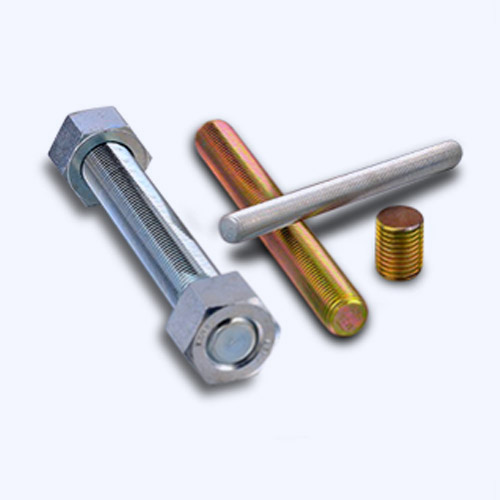Dec . 06, 2024 22:54 Back to list
Exploring M12 Threaded Rods with 1.25 Pitch for Structural Applications and Strength Requirements
Understanding M12 x 1.25 Threaded Rod Specifications, Applications, and Advantages
In the realm of mechanical engineering and construction, the significance of threaded rods cannot be overstated. Among the various types available, the M12 x 1.25 threaded rod stands out due to its compatibility with a wide range of applications. This article will delve into the specifications of the M12 x 1.25 threaded rod, explore its applications, and highlight the advantages it offers, making it an essential component in various industries.
Specifications of M12 x 1.25 Threaded Rod
To begin with, the designation M12 x 1.25 refers to a metric threaded rod with a nominal diameter of 12 millimeters and a thread pitch of 1.25 millimeters. The M in M12 indicates that the rod follows the metric system, which is prevalent in many countries around the world.
Key Specifications - Diameter 12 mm - Thread Pitch 1.25 mm - Length Available in various lengths, typically ranging from 1 meter to 3 meters, although custom lengths can also be manufactured. - Material Commonly made from carbon steel, stainless steel, or other alloys, the choice of material depends on the specific application requirements (e.g., corrosion resistance, strength). - Finish The rods can come with various finishes, including zinc plating, black oxide, or even passivation for stainless steel versions to enhance durability and aesthetic appeal.
The M12 x 1.25 threaded rod's dimensions make it a robust choice for applications that require significant load-bearing capabilities, while the versatile thread profile allows for a secure connection with compatible nuts and bolts.
Applications of M12 x 1
.25 Threaded RodThe M12 x 1.25 threaded rod has a broad spectrum of applications across different industries
1. Construction and Structural Applications - Used extensively in construction for securing beams, frames, and other structural elements. The strength of the rod ensures stability in buildings, bridges, and other constructions.
2. Automotive Industry - Commonly employed in the automotive sector for assembling various components. It plays a critical role in suspension systems, engine mountings, and chassis support.
3. Manufacturing - In manufacturing, the threaded rods are utilized for anchoring machinery to foundations, ensuring that the equipment remains stable during operation.
m12 x 1.25 threaded rod

4. Furniture Assembly - Flat-pack furniture assembly often utilizes threaded rods for creating sturdy connections between different components. It is particularly popular in modular and customizable furniture designs.
5. DIY and Home Improvement - The threaded rod is a go-to choice for home improvement projects. From creating shelving systems to constructing outdoor furniture, its versatility and ease of use make it a favorite among DIY enthusiasts.
Advantages of M12 x 1.25 Threaded Rod
The M12 x 1.25 threaded rod offers several advantages that make it a preferred choice in various applications
- Strong Load Capacity The robust nature of the M12 diameter provides excellent tensile strength, allowing it to bear heavy loads without failure.
- Versatility Its compatibility with standard nuts and bolts makes it adaptable for use in different scenarios, ranging from construction to personal projects.
- Easy Installation Threaded rods are typically easy to install using standard tools. This ease of installation helps to streamline the construction process and reduces labor costs.
- Corrosion Resistance When made from stainless steel or coated with protective finishes, these rods exhibit enhanced resistance to rust and corrosion, which is particularly beneficial in outdoor or high-humidity environments.
- Cost-Effectiveness Generally, threaded rods are available at competitive prices, especially when purchased in bulk. Their durability also decreases the need for frequent replacements, ultimately saving costs over time.
Conclusion
In summary, the M12 x 1.25 threaded rod is a vital component in numerous mechanical and construction applications, valued for its strength, versatility, and ease of use. Whether used in industrial settings, automotive manufacturing, or even home projects, it provides reliable support and stability. Understanding the specifications, applications, and advantages of this threaded rod can help engineers, builders, and DIY enthusiasts make informed choices, ensuring the success and longevity of their projects. As industries continue to evolve, the importance of such simple yet effective components will remain significant in achieving robust and efficient constructions.


